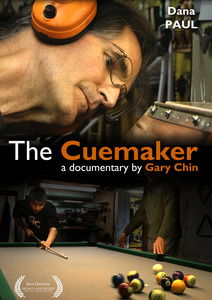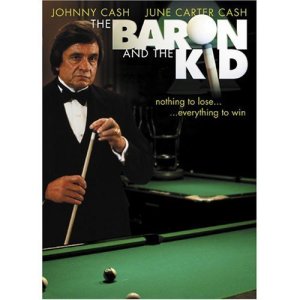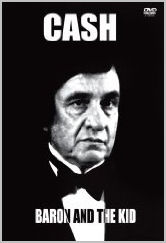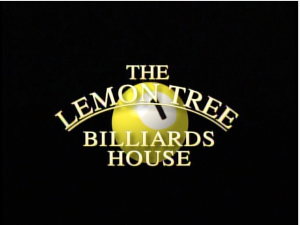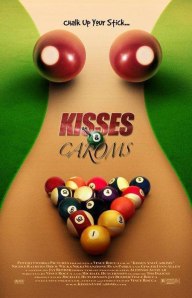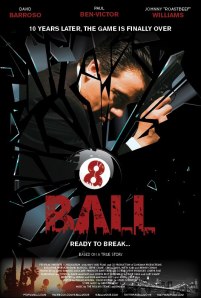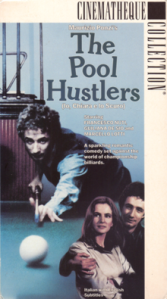For a fleeting moment in July 2005, members of the billiards community were aroused by a new billiards television show – specifically, a billiards game show featuring both amateur “pool sharks” and celebrities – that debuted on the Game Show Network.
Produced by Sokolobl Entertainment, the show Ballbreakers (originally titled No Limit 9 Ball) consisted of contestants competing in 9-ball for a chance to win $20,000. Giving the show its billiards imprimatur was Ewa Mataya Laurance (“The Striking Viking”), who provided commentary on game play and expert advice on shots if asked by the players, as well as Mars Callahan, the director of Poolhall Junkies, who was the show’s co-executive producer. Adding to the show’s popular appeal was Adrianne Curry, winner of the first season of America’s Top Model, who served as the series’ “Rack Girl.”
 With its cover story in the July 2005 issue of Pool & Billiard Magazine, the show sparked a brief surge of debate about its merit and role in improving the popular image of pool. Rob Lobl, one of the show’s creators, said, “Pool is coolest in the movies…and the lamest thing on TV.” His partner, Sam Sokolow, added, “With the right set, the right format, we knew we could come up with the coolest pool show ever…the sky is the limit.”
With its cover story in the July 2005 issue of Pool & Billiard Magazine, the show sparked a brief surge of debate about its merit and role in improving the popular image of pool. Rob Lobl, one of the show’s creators, said, “Pool is coolest in the movies…and the lamest thing on TV.” His partner, Sam Sokolow, added, “With the right set, the right format, we knew we could come up with the coolest pool show ever…the sky is the limit.”
But, among billiards players, the reactions were more polarizing, even before it premiered. One person posting in the Billiards Digest Forum said, “This program will probably bring more interest to the game and more pool players.” While another person countered by saying, “Great. Another dumbass show to lower the bar…whatever happened to elegance and the beauty of this game to those who really can play.”
In hindsight, Ballbreakers had very little impact on billiards. This was, in a large part, because the show wasn’t particularly good, and it was cancelled in 2006. Why, you might ask? Let’s start with the premise: watching amateur players compete in 9-ball is only interesting to watch on TV if the billiards-playing is decent. But, the contestants never ran more than a few shots and often missed easy ones. Similar to hearing bad jokes told at an amateur comedy show, some of the playing became downright cringe-worthy.
This “lousy pool” dynamic in turn made the Striking Viking’s job as commentator kind of a joke, too. Laurance may be an ESPN commentator, a member of the Billiard Congress of America Hall of Fame, and a winner of all the major events on the WPBA tour, but even she couldn’t breathe much excitement into average playing and positioning.
The addition of Sal Masekela (X Games) as host also did little to dial up the engagement factor, especially because he was asked to treat the contestants as caricatures (e.g., the gay player “Cupcake,” the big player “Beefcake, etc.). I did, however, enjoy his catchphrase, “Good luck. Break some balls.”
A group of b- and c-list celebrities, including Tia Carrere (Wayne’s World), Lou Diamond Phillips (La Bamba) and Noah Wyle (ER) also joined two episodes of the series to boost ratings, but had little long-term impact. However, at least one of those celebrities – Dorian Harewood – gets an honorary shout-out from me, for he also appeared 6 years earlier in the pool movie Kiss Shot, the topic of a future blog post.
I’ve included above one full episode of Ballbreakers, divided into four segments. Watch them all, but I encourage you to check out the most novel part of the episode, which was Laurance’s introduction of the game “Jawbreakers” (Segment 2, 7:38) to get table control in the 2nd round. It’s an interesting game designed to test how fast the players can pocket the 6 balls arranged next to the 6 pockets on the table. But, like the show itself, it quickly falls apart.
